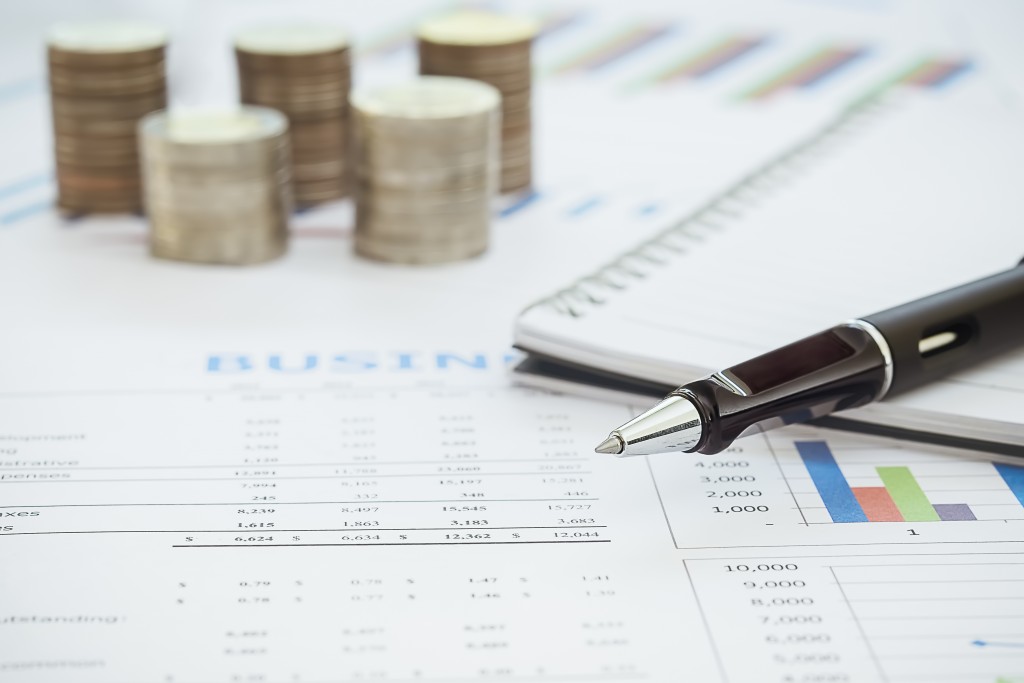It seems that nowadays that everyone is in debt. According to financial experts, the collective debt of all consumers in the United States amounts to a shocking 14 trillion dollars. The largest portion of these debts are in housing and mortgages. Total debt in this area is approximately $9 trillion in 2019. The other major contributors to consumer debt are auto debts, student loans, and credit card debt.
The last one is one of the most prevalent types of debt, with over 180 million people in the country having credit cards. The average American household has over $8,000 of credit card debt.
Although deeply troubling, you can help alleviate this situation by focusing on and eliminating your own household debt. But why is this important and how can you achieve it?
Why is this Important?
Loans help you purchase things upfront when you don’t have the money, but if you don’t pay them off, they turn into enormous financial sinkholes. Consider how you can use all the money you’re currently pouring into loan payments. Without debts, you could be saving up for a retirement nest egg, a new business venture, or already buying a new property.
Speaking of which, when you have a lot of debt to your name, it can seriously affect your credit score. This means you won’t have access to the best rates for mortgages and you can be even be denied future loans. Not to mention the mental and emotional stress involved when you’re trying your hardest to put food on the table while keeping creditors at bay.
You can climb out of your financial sinkhole by focusing on specific debts and prioritizing the right loans.
Assess Debt Information
 Before you can tackle which method of prioritizing loans you should use, you need to assemble all the relevant information. Identify all your loans and financial obligations, such as credit card loans, student loans, home payments, and auto loans. Then, list down the following information regarding each loan:
Before you can tackle which method of prioritizing loans you should use, you need to assemble all the relevant information. Identify all your loans and financial obligations, such as credit card loans, student loans, home payments, and auto loans. Then, list down the following information regarding each loan:
- What’s the minimum payment possible?
- How much do you still have left to pay?
- When is its due date, both for monthly payments and in totality?
- What is its interest rate?
Once you have all this information, you are now ready to decide on how to prioritize your loans.
Choosing a Prioritization Method
There are two methods of prioritizing your loans. Both methods have their pros and cons and ultimately it depends on your financial situation and personal preference which you’ll choose.
The snowball method works best if you have multiple small loans and a few larger ones. In this method, you prioritize the loans with the least balance left to pay. This way, you get rid of loans quicker, working your way up from the smallest loans to the largest. Psychologically, this method is more rewarding, providing you with the satisfaction of removing a loan form your list of worries.
The avalanche method is better for saving a lot of money in the long run. In this method, you pay the loans with the largest interest rates first. By whittling down the total balance left on these loans, you can lower the amount of money you put towards paying the interest. If you can manage more than one payment a month, this method works even better.
Now, just because you’re prioritizing specific loans does not mean you forego payment on the others. If you can afford to pay all your debts in a month, do so. It just means that if you have the resources to pay more than once, you focus on the chosen loans instead. In case you can’t pay all your debts, that’s when you stick to your priorities. Thanks to these methods, you can slowly but methodically remove all your loans and secure your financial future.


